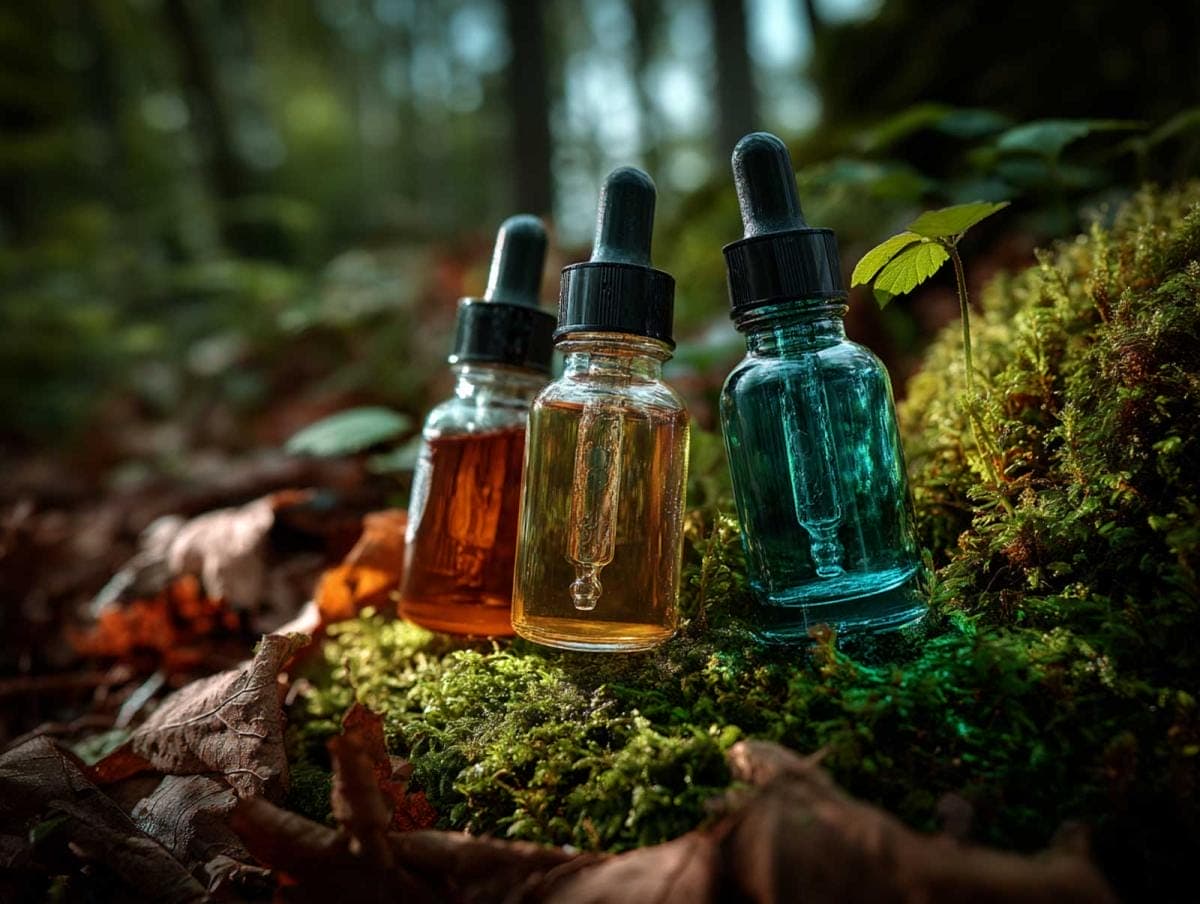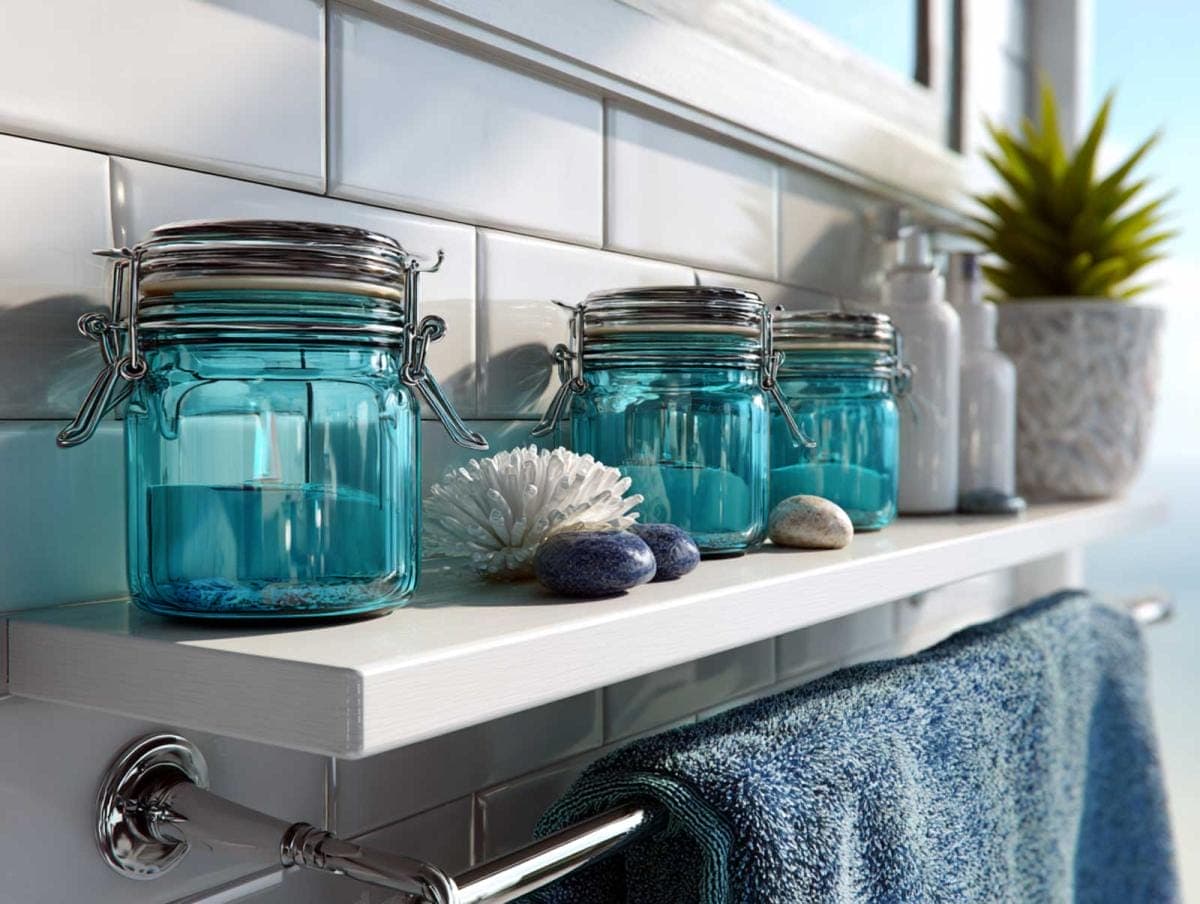Beauty, Skincare, Trends & Opinions
Small Labels Big Impact How Indie Natural Skincare Earns Devoted Fans
If you click on links we provide, we may receive compensation.
A decade ago the clean-beauty shelf felt like a farmers market stall at dawn – sparse, promising but waiting for crowds. Today analysts at Grand View Research estimate the organic personal-care category hit USD 21.82 billion in 2022 and is tracking toward USD 44.77 billion by 2030, growing about nine percent each year.(grandviewresearch.com) The rising tide has carried scores of founder-run brands whose batches are small, ingredient lists short, and storytelling long on personal conviction. Their growth says as much about consumer distrust of corporate opacity as it does about the power of one kitchen experiment shared on Instagram to reach millions overnight. In an era when “natural” is printed on everything from laundry soap to lipstick, these labels cultivate loyalty by showing receipts – farm maps, third-party seals, and sometimes even last week’s harvest data scrolling across a Reel. They invite shoppers to step inside the production narrative instead of reading it on a carton in fluorescent light.
Big conglomerates still dominate endcaps, yet many shoppers no longer equate lab-polished formulas with superior safety or efficacy. They crave ingredient stories rooted in soil and sea, transparent sourcing, and the simple pleasure of scent notes that whisper garden rather than perfume lab. Independent founders meet that desire with agile R&D cycles: a new wildflower extraction discovered this spring might appear in a serum by autumn. Their modest scale lowers the distance between idea and launch, and that velocity lets them surf trends like probiotic mists or upcycled seed oils before slower giants even finish a feasibility study. Customers, in turn, feel like co-authors rather than targets of a marketing funnel.
Calling a company “indie” is less about headcount and more about independence of vision. Most remain privately held, founder-led, and answerable first to customers rather than shareholders. “Natural” here means plant-forward formulations that avoid fossil-derived silicones, ethoxylated surfactants, and the usual endocrine-disruptor suspects, but the best brands move past the long no-list to prove performance with clinical data. Certifications such as MADE SAFE, COSMOS, and B Corp add extra guardrails, yet the core promise is simpler: ingredients you could trace back to a field, a forest, or, in one case, a century-old plum orchard in California.
Inside the Indie Mindset
Every origin story reads like a fable of curiosity, frustration, and a light-bulb moment at the kitchen sink. Co-founders often begin as hobby formulators solving a personal skin dilemma. That intimacy sets the tone for the business culture: no distant R&D bunker, just a corner of the studio where a stainless-steel kettle stands in for the cauldron. Many keep production on domestic soil even after global demand spikes, arguing that tighter oversight outweighs the higher cost per unit. When they must outsource filling or boxing, they often pick facilities powered by renewable energy or partnering with local recycling programs.
Transparency extends beyond ingredient decks. Indie founders answer Instagram DMs at midnight, film harvest trips, and post third-party lab sheets without paywalls. The effect is a kind of radical honesty: if a batch smells different because last summer was hotter, they say so. While that variability unsettles regulators trained on pharmaceutical reproducibility, fans see it as proof that formulas are alive – a reminder that calendula grown in Vermont sunshine carries the memory of that exact weather year.
Sustainability is less a talking point than a design constraint. Many founders begin with refillable packaging or at least widely recyclable glass. Some experiment with mushroom-based cushioning, compostable mailers, or carbon-negative ink. Others focus upstream: fair-trade shea collectives, regenerative herb farming, or upcycling food waste into active oils. Environmental activism becomes marketing only by accident; the real motive is often personal accountability to the ecosystems that furnish their raw materials.

Spotlight on Pioneers Born in Kitchens and Barns
Herbivore Botanicals crystallised the power of the Instagram shelfie when Julia Wills and Alexander Kummerow started bottling gemstone-tinted oils in 2011, turning their Seattle apartment into a micro-lab.(herbivorebotanicals.com) The brand’s glass silhouettes and floral-water sprays inspired a generation of minimalist bathrooms. A post-pandemic slowdown prompted new leadership in 2024, yet the company still leans on small-batch extraction and that original promise: nothing synthetic, everything sensorial.(voguebusiness.com)
Indie Lee’s namesake founder began formulating after doctors removed a brain tumor in 2009 and warned her to scrutinise environmental toxins.(indielee.com, thewayward.co) Her recovery story – transplanting lettuces on her greenhouse roof to reclaim a sense of purpose – still shapes the line: each bottle lists Latin binomials first, marketing adjectives second. The result feels more like a field guide than a cosmetic.
Few launches illustrate word-of-mouth momentum better than Josh Rosebrook’s Vital Balm Cream, a blue-green hybrid that amassed a 600-person wait-list within weeks.(allure.com) Rosebrook, a former hair stylist, keeps formulas rooted in whole-plant infusions yet pairs them with lab-verified biomimetic actives, showing that “natural” need not sacrifice measurable results. His Los Angeles studio still small-batches masks by hand, stirring cacao and aloes in vats that could double as artisan-chocolate temperers.
From Forest Trails to Bathroom Shelves
Ursa Major was born when Oliver Sweatman and Emily Doyle left New York City for Vermont’s Green Mountains and realised the fresh-air glow was something worth bottling.(ursamajorvt.com, gq.com) The couple’s forest-mint face wash smells like a trail run after rain, and every product rides a balance of simplicity and efficacy – formulas rarely exceed eighteen ingredients yet rival mainstream dermatology picks in lab testing.
A few hours south, Tata Harper cultivates more than forty crops on her 1,200-acre farm in Vermont, pressing and packaging serums in a solar-powered barn.(tataharperskincare.learnworlds.com, vanityfair.com) Where many naturals lean gentle, Harper targets clinical-grade performance, layering bio-ferments with micro-algae and proving that luxury gloss can align with farm-floor authenticity.
Across the continental divide, Kendra Kolb Butler traded Manhattan boardrooms for Wyoming sagebrush and founded Alpyn Beauty. She harvests wild arnica and chokecherry from the Tetons, adjusting formulations each season to reflect variations in phytochemical yield – a nod to wine vintages more than commodity supply chains.(alpynbeauty.com, forbes.com)

Sea Minerals and Social Missions
OSEA traces its roots to a grandmother who, in the 1920s, believed seawater cured her leg after a fall. Family lore became company ethos when her granddaughter collected seaweed on the California coast and started blending oils in her bathtub. Today the brand remains family-run, vegan, and PETA-certified since 2000, bottling ocean nutrients in clear glass to show the interplay of color and light.(oseamalibu.com)
True Botanicals stakes its reputation on MADE SAFE certification, meaning every formula has been screened against a database of 15,000 suspected toxins and verified hypoallergenic.(truebotanicals.com) The company pairs that rigor with published clinicals, so a face oil that smells like warm sandalwood still arrives ringed by spreadsheets of hydration data.
Le Prunier might be the purest expression of circular beauty: three Taylor sisters up-cycle pits from their fourth-generation California plum orchard into an antioxidant oil so stable it needs no added preservatives.(leprunier.com) The brand’s sustainability narrative is inseparable from family memory – a century of orchard ledger books turned into lab notebooks.
Across the Atlantic Fresh Thunder
London-based Pai Skincare was born when founder Sarah Brown’s sudden rosacea forced her to ditch conventional creams. She built a Soil Association-certified line gentle enough for reactive complexions, proving that organic status and hypoallergenic claims can coexist.(paiskincare.us)
Hertfordshire’s Evolve Organic Beauty hand-makes every bottle in batches small enough that staff still sign the label.(evolvebeauty.com, cosh.eco) By keeping production local, founder Laura Rudoe ensures ingredient freshness and reduces freight emissions – a point she tallies down to the kilometer on her sustainability dashboard.
Across the pond again, Earthwise Beauty turns Pacific Northwest botanicals into vivid green emulsions that smell of meadows after rain, while Los Angeles-based Klur, led by esthetician Lesley Thornton, pushes the conversation toward inclusive shade ranges and equitable sourcing.(klur.co) Together these labels prove indie natural is not a monolith but a mosaic of micro-cultures, each bottle a postcard from a different terroir.
Why Consumers Swap the Mega-Brands
The appeal runs deeper than pretty glass. Shoppers see these companies respond to ingredient safety studies in real time instead of waiting for regulatory mandates. When research tied certain silicones to bioaccumulation, several founders reformulated within months. The founder’s voice in dispatches, the candid admission when a crop failure delays restock, builds trust that a corporate apology script cannot replicate. Add community: digital classes on herbalism, Zoom interviews with farming cooperatives, or volunteer beach clean-ups that double as product-testing meet-ups. The result is loyalty measured not only in repeat purchases but in customers defending brands unprompted on social media threads.
Frequently Asked Questions
Q: What exactly makes a label “indie natural” rather than just another small brand?
A: Independence combines ownership, ethos, and supply-chain control. Most founders still hold majority stakes, so creative decisions are not filtered through quarterly reporting demands. They design formulas around whole-plant ingredients, often sourced direct from growers they know by name. Batch sizes stay small enough to trace every raw material’s journey, and that traceability anchors transparency messaging. Third-party seals add structure, but the heart of indie status is founder accountability visible in every Instagram Story.
Q: Are these products automatically safer than mainstream options?
A: Safer is never absolute – poison ivy is natural, after all. Indie natural brands reduce exposure to the most scrutinised synthetics, such as certain phthalates or formaldehyde releasers, yet essential oils can still irritate, and natural preservatives can fail without proper testing. The better labels invest in microbial challenge tests and publish results. They also adopt certifications like MADE SAFE or Soil Association that impose toxicological screens. Consumers should still patch-test, especially if their skin barrier is compromised.
Q: How can I test for allergic reactions without wasting a full-size product?
A: Many indie founders offer trial sets or two-millilitre sachets precisely because they remember their own search for irritation-free care. Apply a thin film inside the elbow for two consecutive nights, cover with a breathable patch, and monitor for redness or warmth. If your skin reacts, share feedback – indie teams often adjust essential-oil concentrations in the next batch based on early customer notes.
Q: Will these companies stay independent as they scale?
A: Acquisition offers land in inboxes the moment a brand breaks seven-figure sales. Some founders sell to fund new R&D labs while retaining creative control; others reject deals to preserve farm-linked supply chains. Even post-sale, many maintain distinct manufacturing and ethos – though ingredient policy can shift if parent companies chase margin. Transparency from the founder long after the press release is your best indicator of whether the indie spirit survives.
The Road Ahead for Small-Batch Beauty
Indie natural skincare is no longer a niche at the farmers market. It is a testing ground where ideas like refill pods, mushroom leather, and blue-light-filter extracts mature before migrating to mass retail. As climate shifts squeeze crop yields and regulators tighten green-washing claims, the nimble culture that birthed these labels becomes a survival trait rather than a marketing flourish. Their greatest contribution may be proving that luxury can mean stewardship, that clinical efficacy can coexist with botanical poetry, and that the distance between soil and serum can shrink to a few friendly steps. Watch the next generation of founders polyculture herbs on rooftops, program AI to predict phytochemical peaks, and invite customers to vote on harvest times – the frontier keeps moving, but the passport remains the same: a stubborn trust in nature and the people who farm it.




